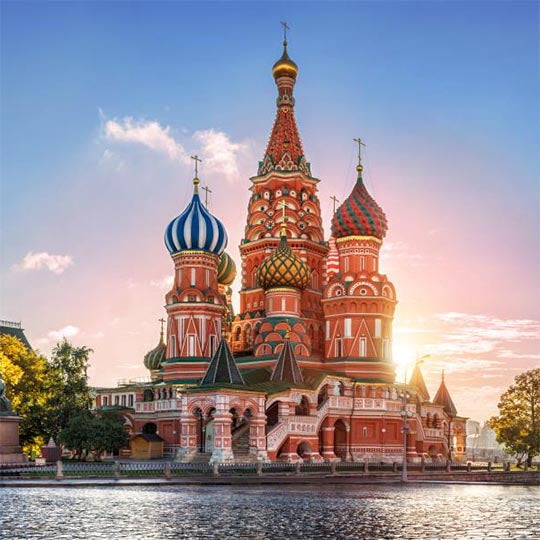
Tobacco in Russia
Share
Tobacco was introduced to Russia in the late 16th century. It is believed that the first tobacco plants were brought to Russia by a Cossack named Filip Krasny, who had traveled to Turkey and then returned to Russia with tobacco seeds. Tobacco smoking became popular among the Russian aristocracy during the reign of Tsar Michael I (1613-1645), and by the end of the 17th century, tobacco use had spread throughout the country.
Tobacco is primarily cultivated in the southern regions of Russia, particularly in the Krasnodar Krai and Rostov Oblast. These regions have a favorable climate for tobacco cultivation, with warm summers and mild winters. The Krasnodar Krai is the largest producer of tobacco in Russia, and the tobacco that is grown there is primarily used for domestic consumption.

Nasal snuff was used by some Russians in the 16th century. However, it was not as popular as tobacco smoking, which became more widespread in Russia in the following centuries. The use of nasal snuff was introduced to Russia by the Polish-Lithuanian Commonwealth, which had a strong tradition of using snuff. Some Russian aristocrats and members of the clergy reportedly used snuff, and it was also used for medicinal purposes. The Russian government eventually established a state monopoly on tobacco production in the 18th century, which remained in place until the collapse of the Soviet Union in 1991. Snuff did not become as popular in Russia as it did in other parts of Europe.

Historically, tobacco has been an important crop in Russia, and the country has a long tradition of tobacco consumption. The tobacco industry in Russia is regulated by the government, and tobacco cultivation requires a license. In recent years, tobacco consumption in Russia has been declining due to increased health awareness and anti-smoking campaigns.
